Experiment
Explore your sense of touch
Have you ever wondered why some parts of your body are more sensitive than others? With this experiment, you can find out how well you can feel in different parts of your body. Which part is the most sensitive? And what does all this have to do with the brain?
How does it work?
Our skin has tiny sensors that detect touch—these are called receptors. When a receptor senses touch, it transmits the information to nerve cells, which send it to the brain at lightning speed—like a tiny electrical signal rushing through wires.
Some parts of the body, such as the fingertips, have a particularly large number of receptors. This is why you can distinguish between two touches very well with your hands. Other parts of the body have fewer receptors – here you cannot distinguish between two touches that are close together so well.

In this experiment, you will use the “two-point discrimination test” to test whether you can feel two points or only one. Then you will make your own homunculus—a figure that shows how sensitive different parts of the body are. The more receptors a body part has, the larger it is drawn. Before you begin, consider the following:
Which area of your body is most sensitive and will therefore be drawn largest on the homunculus?
Which area of your body is least sensitive and will therefore be drawn smallest on the homunculus?
You will need:
Printed templates: Measurement cards & homunculus
Sturdy cardboard
Glue
Scissors
Pen
Paper for a table with your measurements
Large sheet of paper
A test subject (or you can be the test subject yourself and have someone else test you!)
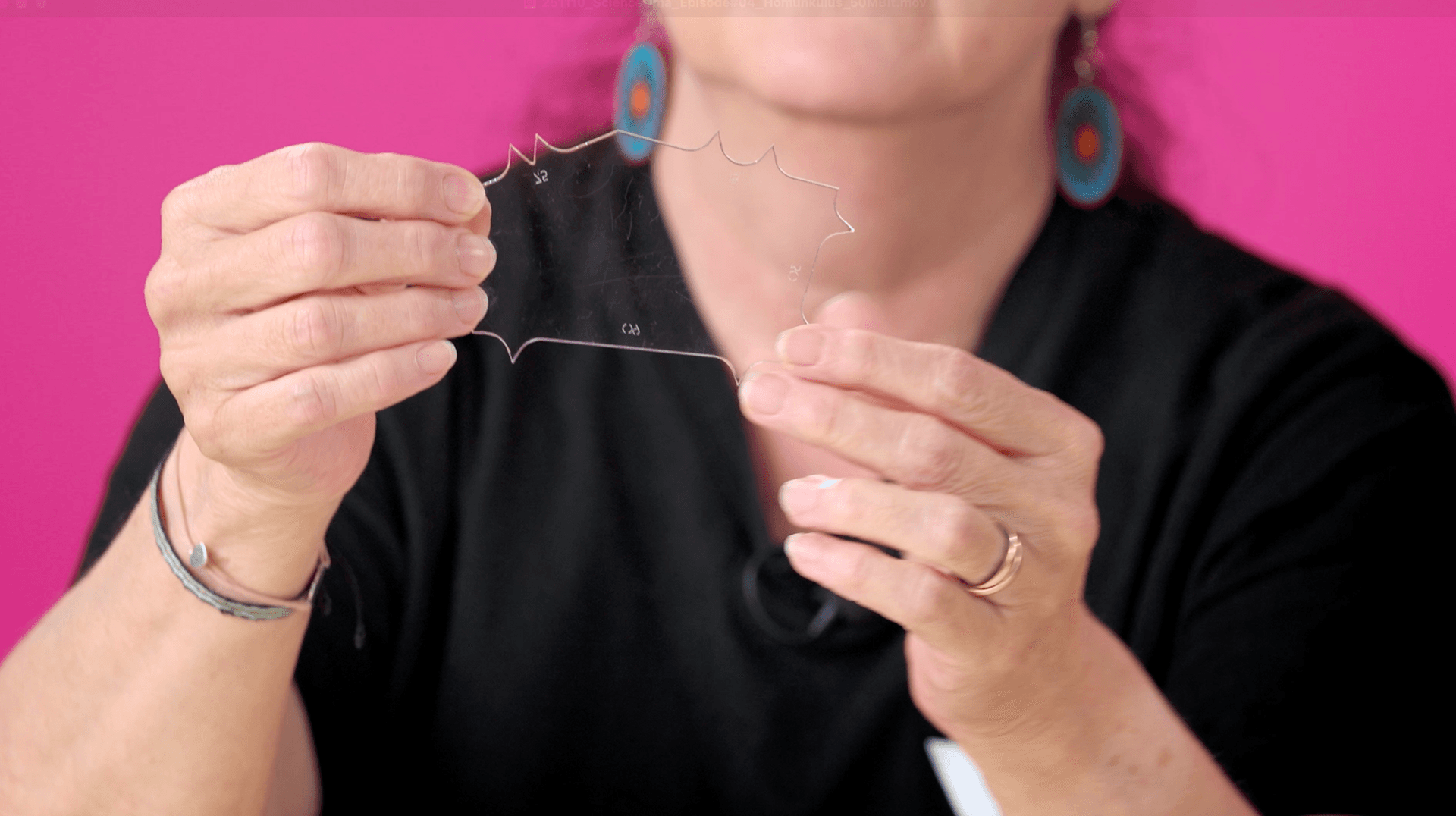
Step 1
Cut out the measuring card and stick it onto sturdy cardboard. Carefully cut out the cardboard along the paper template.
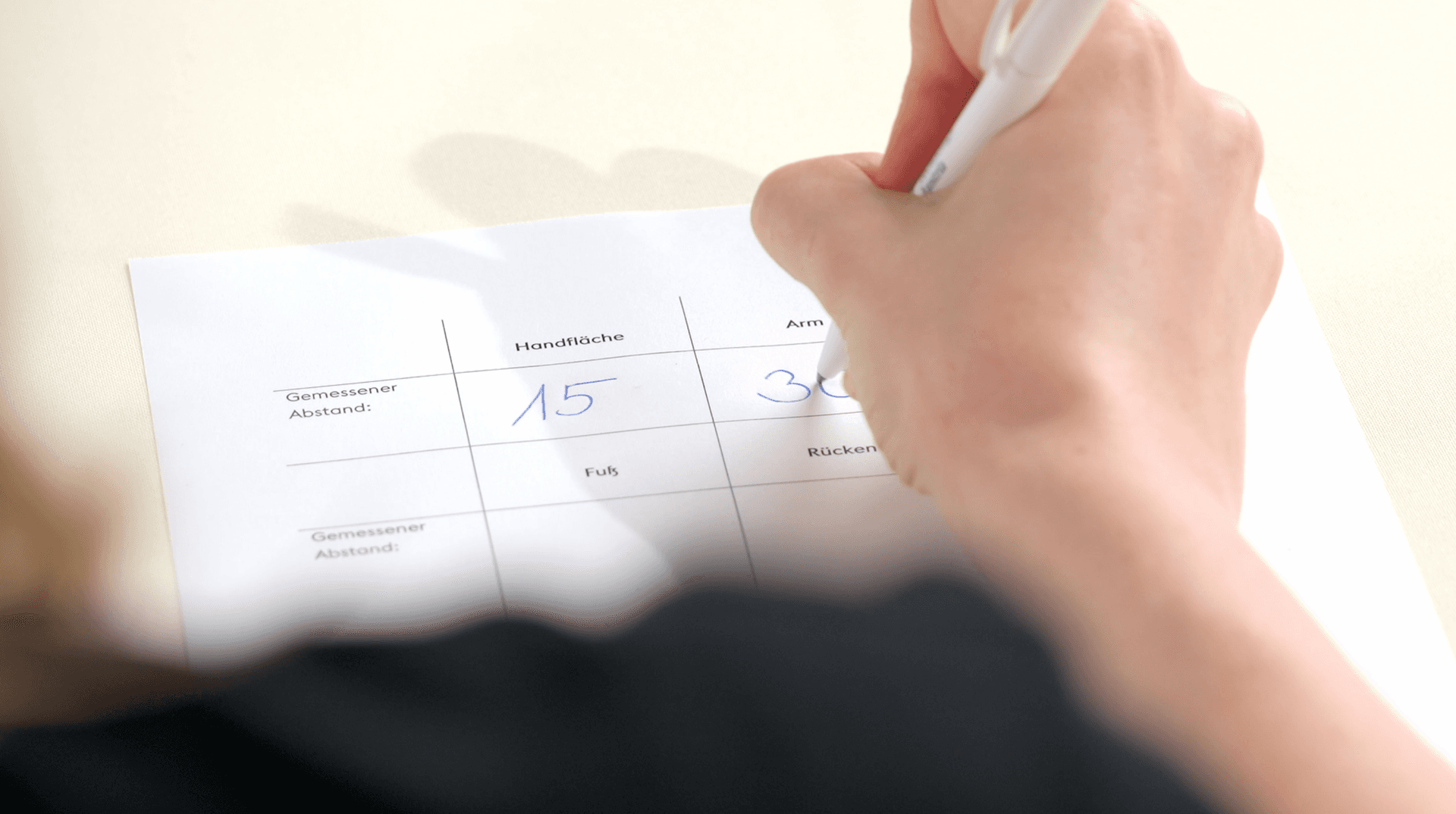
Step 2
Now you need a table in which to record your measurements for six parts of the body: palm, arm, forehead, foot, back, and thigh.
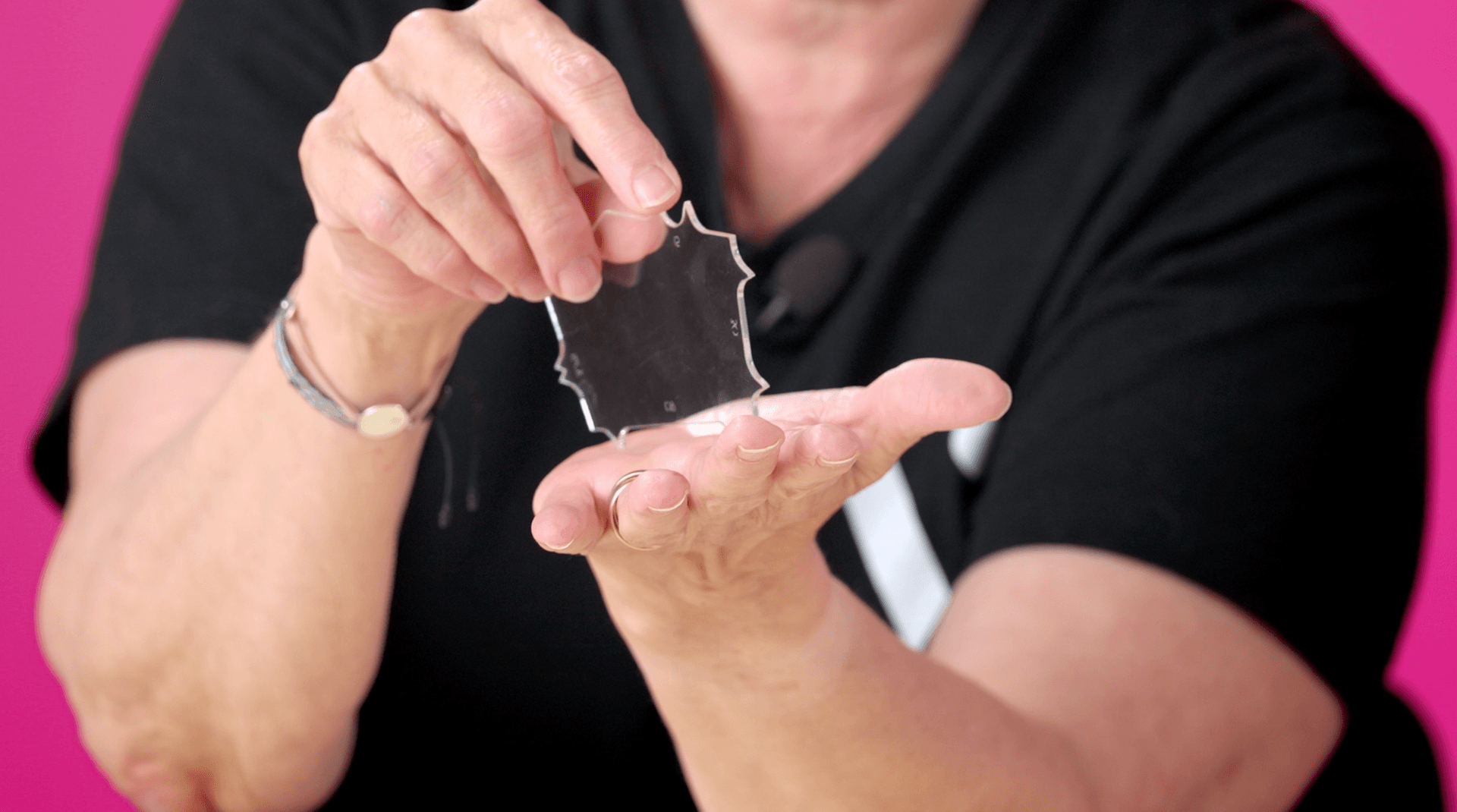
Step 3
Take your test card: first test on your own hand how it feels when you press the measuring card lightly. This will help you find the right pressure for your test subject.
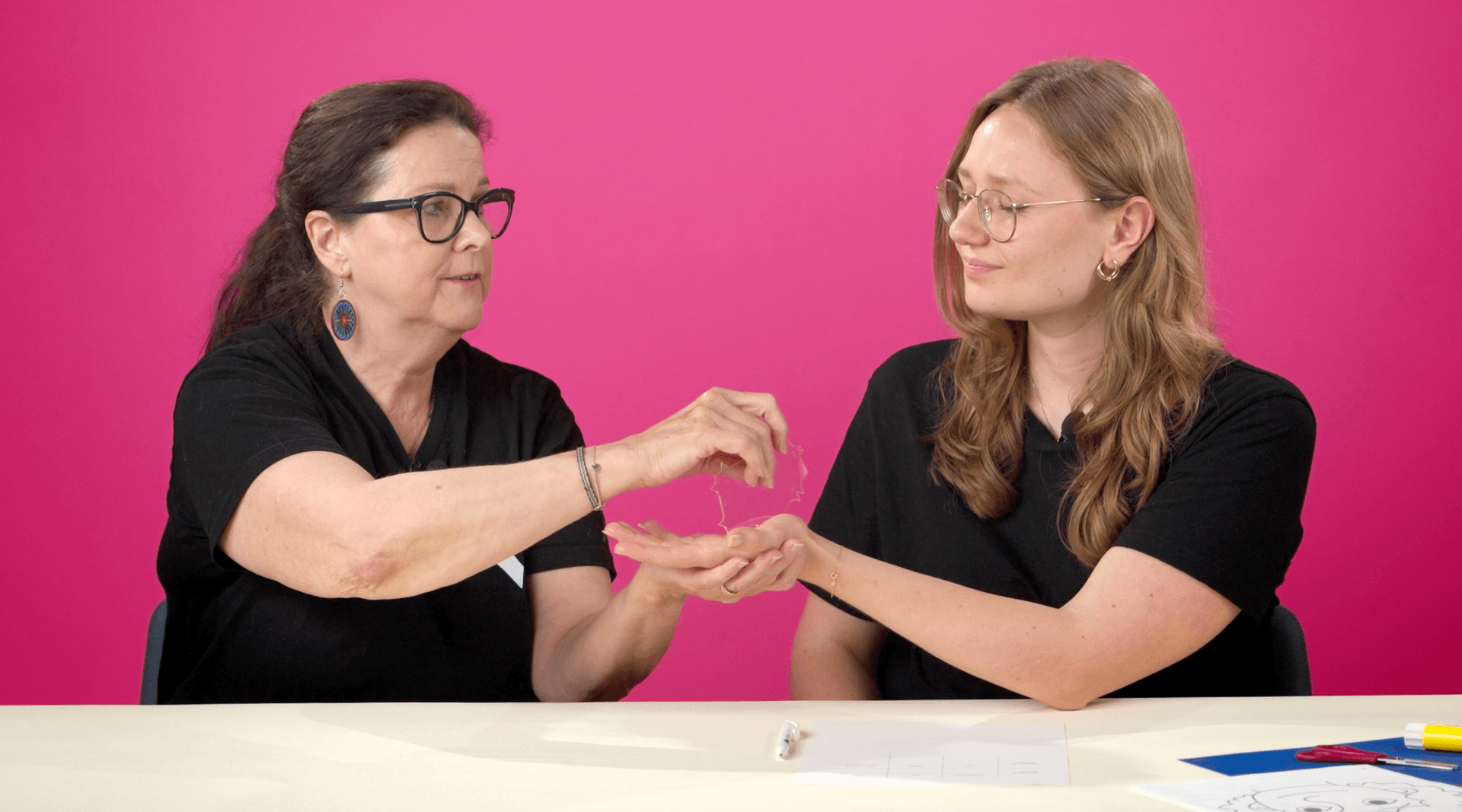
Step 4
Ask your test subject to close their eyes and hold out their palm. Press the measuring card with the largest gap (60 mm) very lightly onto the palm. Then ask your test subject if they feel one or two touches.
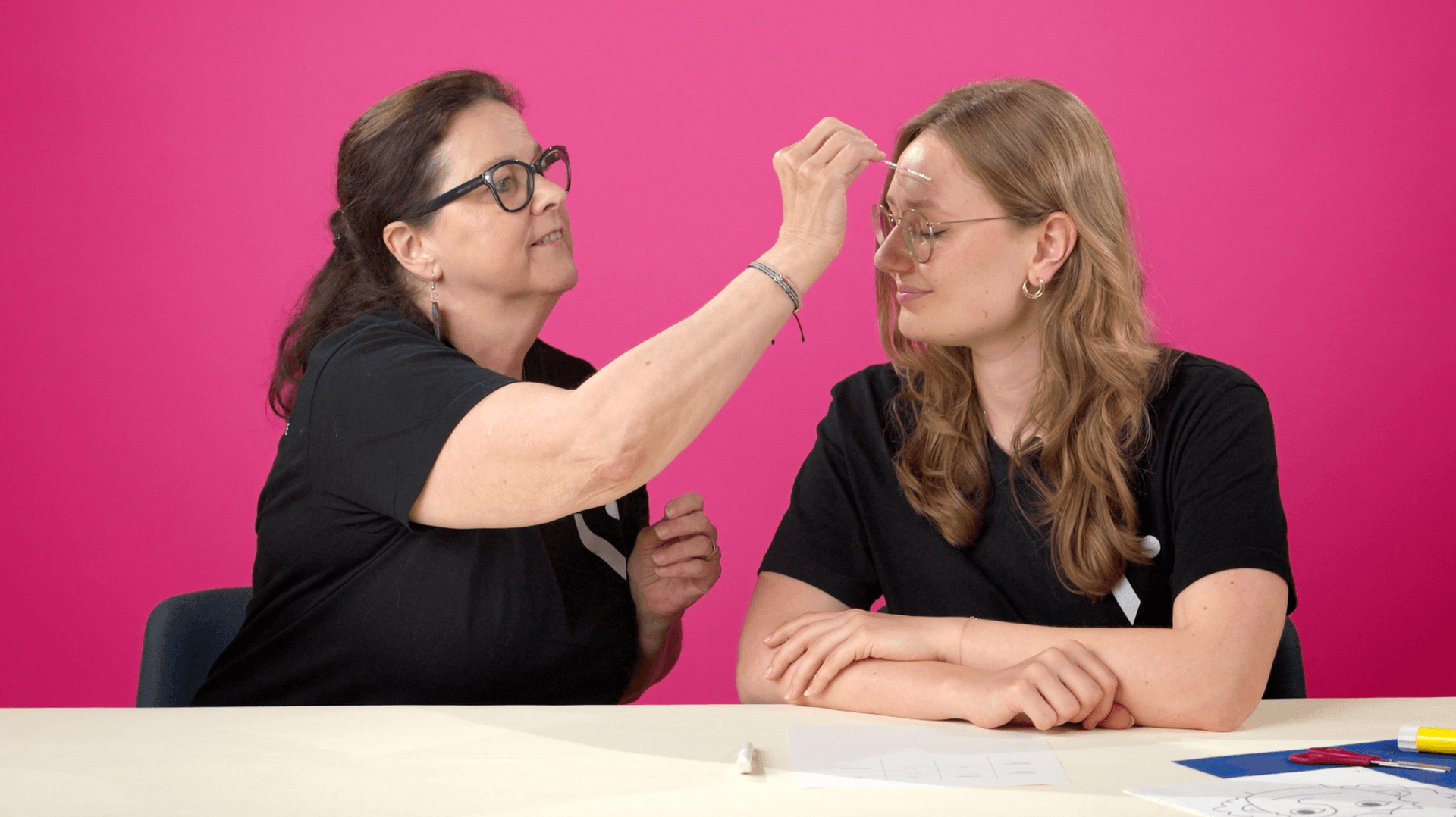
Step 5
If two touches are felt, try the next smaller distance. Continue doing this until your test subject feels only one touch. Then note this distance in your table with your pen. Repeat the test on the following areas: arm, forehead, foot, back, and thigh. Always write down the distance at which your test subject feels only one touch.

Step 6
Once you have measured all six body parts, you can display the results in the form of a homunculus! Sensitive body parts are shown large, while insensitive body parts are shown small. The table helps you find the correct size of the homunculus body part for each of your measurements.
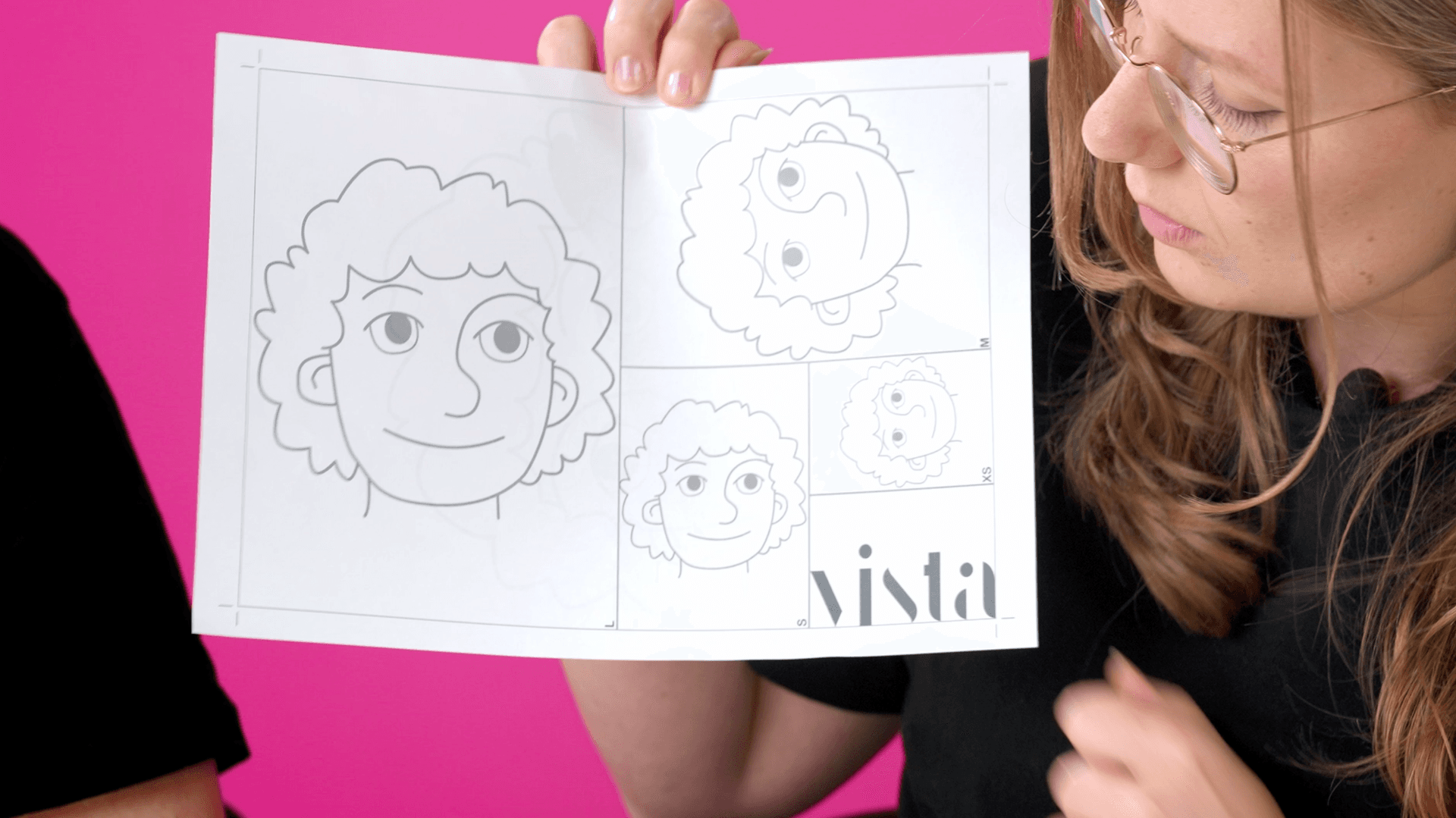
Step 7
Now you need the print template: Use the table to find the body parts that correspond to the distances you measured. Don't forget—the greater the distance measured, the smaller the body part!
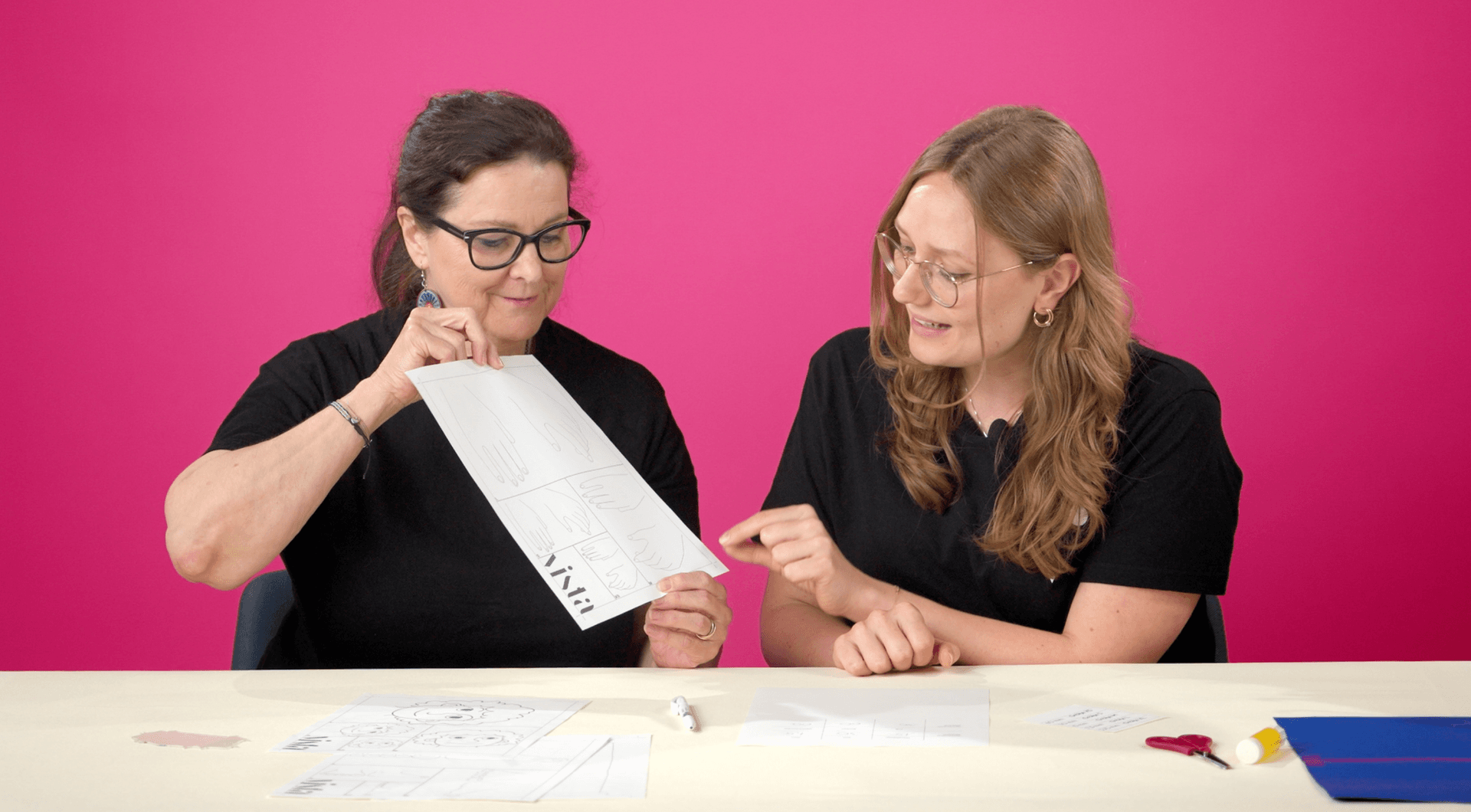
Step 8
In the end, you should have the following body parts for a homunculus: left and right palms, left and right arms, head, foot, upper body, and legs. The sizes will probably vary greatly—that means the experiment worked!

Step 9
Glue the cut-out pieces together on a large piece of paper. Your homunculus is now complete!
Measurements for homunculus body parts
60 mm: Size XS
30 mm: Size S
15 mm: Size M
7,5 mm: Size L
3,5 mm: Size XL
Extension
Compare: Look at your own homunculus and that of your test subject. What is similar, what is different? Where could these differences come from?
More accurate measurements: Change the way you measure to get more accurate results. For example, every time only one touch is felt, increase the distance again until two points are felt. Repeat this until the person indicates twice that they only feel one point at the same distance. Then write down this distance.
And what does all this have to do with the brain?
Think about it: Which parts of your body take up the most space in your brain?
There is a map of your body on the surface of your brain. Just like with the homunculus, sensitive areas such as your fingers take up much more space in your brain than less sensitive parts such as your back. The more sensitive a part of the body is, the more space it needs in the brain to process all the sensations.

Background knowledge
There are many research groups at ISTA that study the brain, including the Jösch Group. They want to find out how our brain recognizes things at lightning speed and reacts to them. Imagine you see a red apple in a tree with green leaves. Your brain has to decide: Is this something important? Should I reach for it? The researchers are asking themselves precisely this question and want to know what happens in the brain's nerve cells when this occurs.